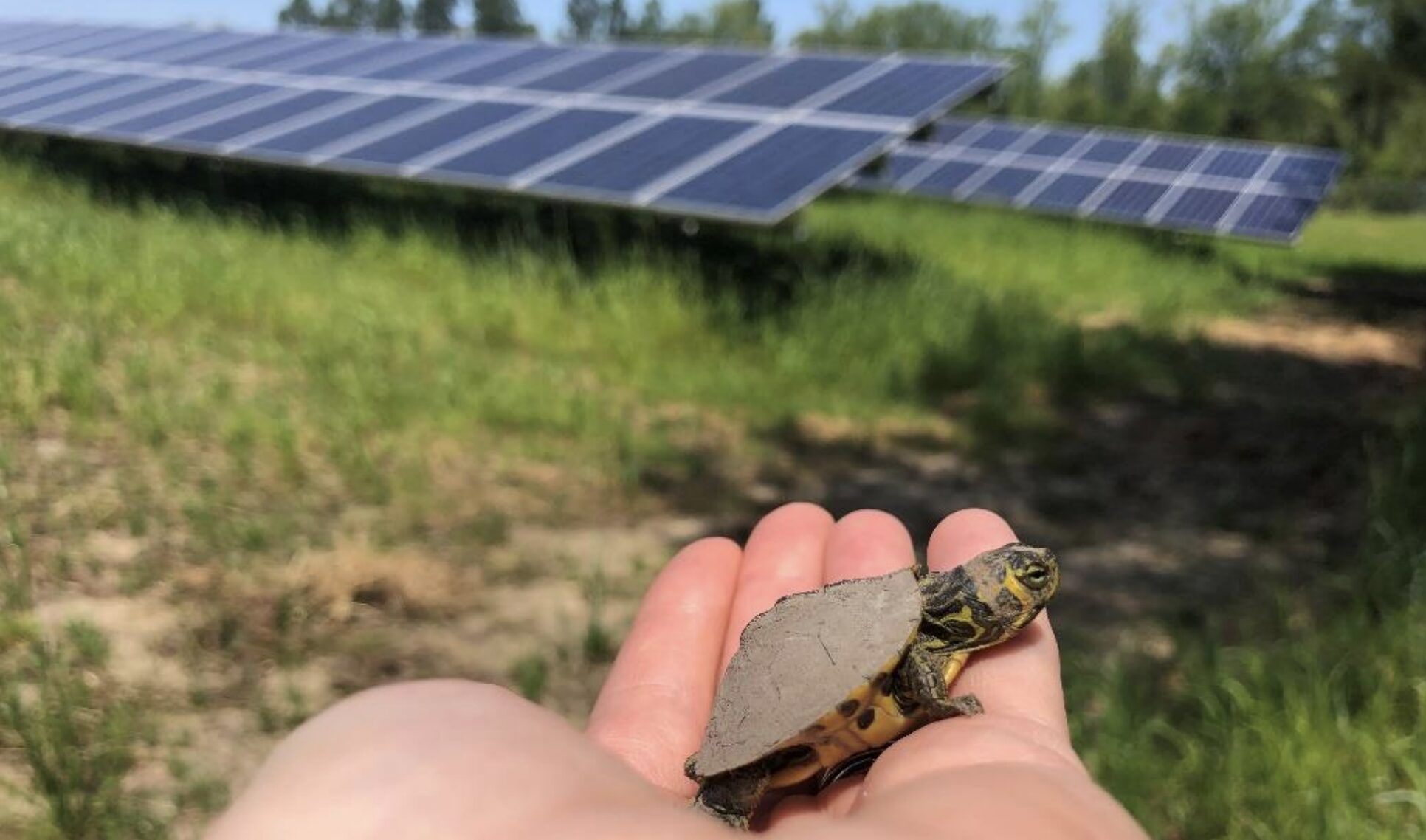Microbial Fuel Cell: Renewable Energy from the Forest Floor
The microbial fuel cells (MFC) convert organic wastes into electricity through a catalytic reaction of microorganisms. Researchers at Clemson University have developed a device that will harvest microbial energy from detritus layers in wetlands as a part of the EPA P3 program. They hope this device will help researchers doing field research in remote areas to create renewable energy to power their equipement with a readily-available material: leaves and other organic waste from any forest, wetland or estuarine ecosystems.
Project Description: Power Field Monitoring Equipment from Wetland Detritus Materials using Microbial Fuel Cell
Objective:
Detritus or organic matter stored in forest / wetland / estuarine ecosystems represents a large potential source of energy. Microbial fuel cells (MFC), which can convert organic wastes into electricity, are a potential tool to harvest this renewable energy to power field equipment in remote areas. Spatial and temporal variations of organic substrate and redox conditions, as well as power output and stability are the major challenges in designing an in-situ MFC system for practical application. The ultimate goal of this study is to design an in-situ MFC system that can produce energy to power field monitoring equipment.
Approach:
Both batch and continuous MFC in controlled laboratory environments will be built to evaluate the effects of quantity and composition of dissolved organic matter, salinity, temperature, depth of soil, and water level on the power output of MFC. In addition, in-situ MFC systems will be installed in a healthy freshwater and a salt-water stressed forested wetlands in Winyah Bay, South Carolina, to examine forest structure, evapotranspiration, seasonal, and tidal factors on the performance of MFC. The stability of voltage, density of current, and internal resistance used will be recorded to analyze the performance of MFC.
Expected Results:
The data from both laboratory and field experiments will provide useful information to assist designing an in-situ MFC system that uses detritus materials to achieve constant and useable electric energy output. The in-situ MFC systems installed in the forested wetlands at Winyah Bay can serve as educational and demonstrational projects to local schools and communities about the concept of sustainability and renewable and alternative energy.
(From the EPA P3 Website)





















